Introduction to the characteristics of planting altitude in the producing area of Robusta Coffee Bean where is the largest producing country of Robusta beans
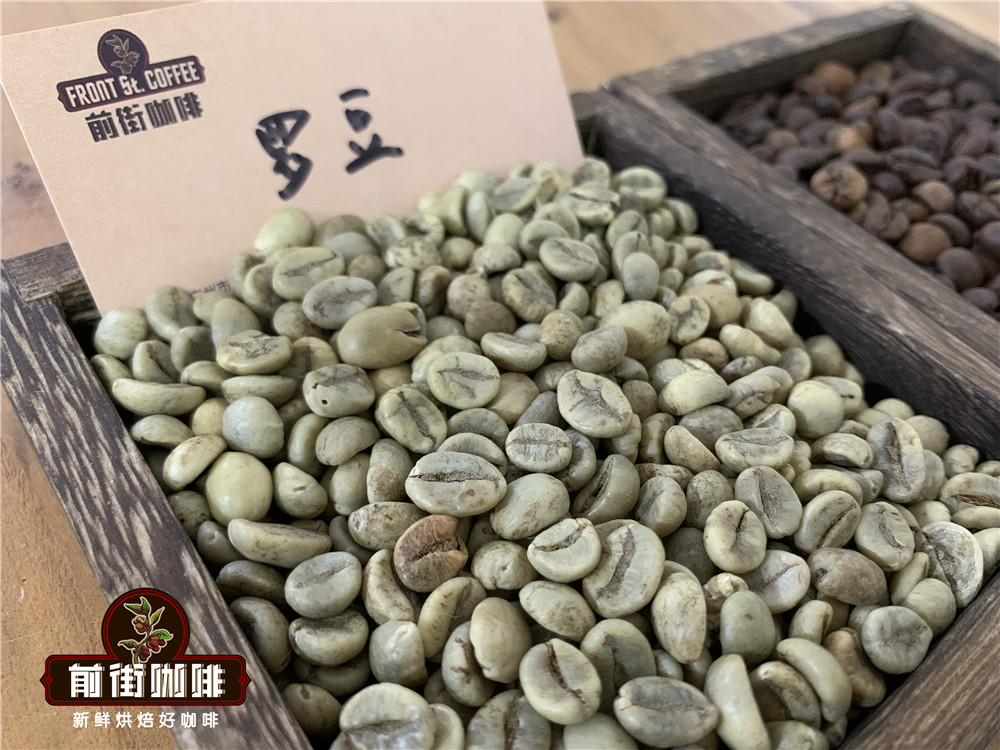
Robusta coffee is characterized by high yield, high alcohol thickness, heavy bitterness, high caffeine content (1.7%-3.0%) and low price. Therefore, in the first and second waves, the vast majority of instant coffee and blended coffee are heavily used Robusta. Vietnam, the second largest coffee producer in the world, accounts for 80% of its production and is now the largest producer of Robusta in the world.
From a biological point of view, Robusta belongs to the Canefra species, known as the Congolese species, medium fruit coffee. As we often hear, Rosa belongs to the Arabica species, but among the Canefera species, only Robusta is commercially grown and promoted, so Robusta has almost become a synonym for the Canefera line. Tim and Katim, derived from the natural cross between Robusta and Arabica, are also widely cultivated and belong to the Arabica category.
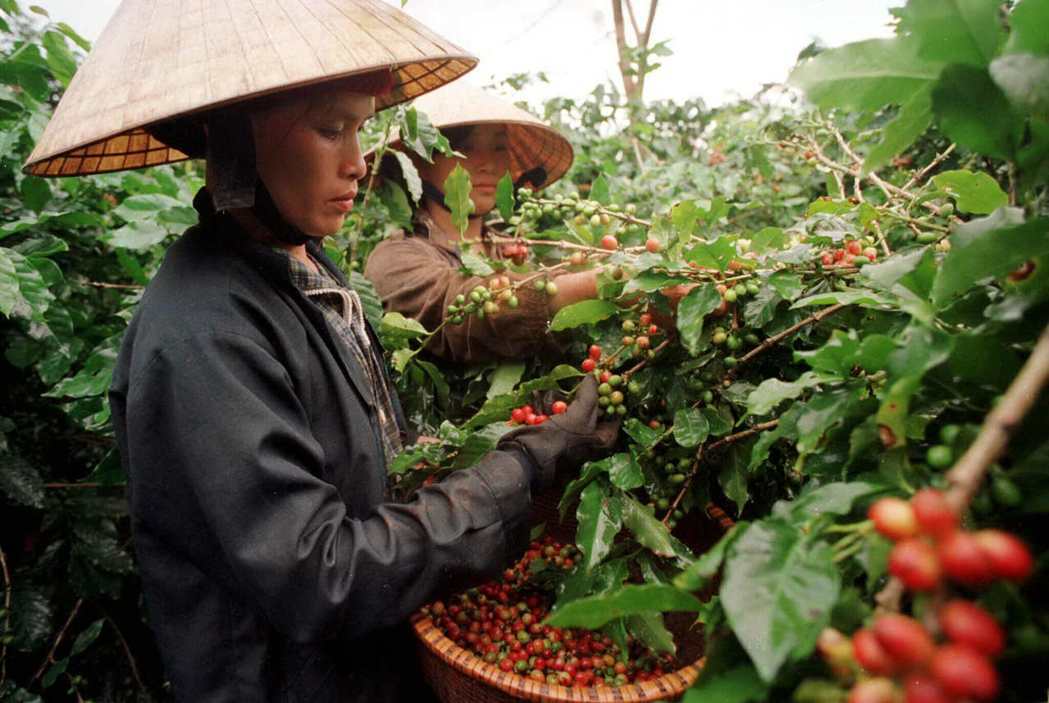
From a planting point of view, Robusta coffee tree can withstand high temperature, cold, drought and humidity, has a very high survival rate, and has a high caffeine content (1.7%-3.0%), which is about twice that of Arabica. Caffeine, as a natural pesticide in plants, protects Robusta from most insects. The fruit of a single Robusta plant is very high, the fruit is slightly rounded and smaller than that of Arabica coffee, with flat and round beans and straight pits in the middle.
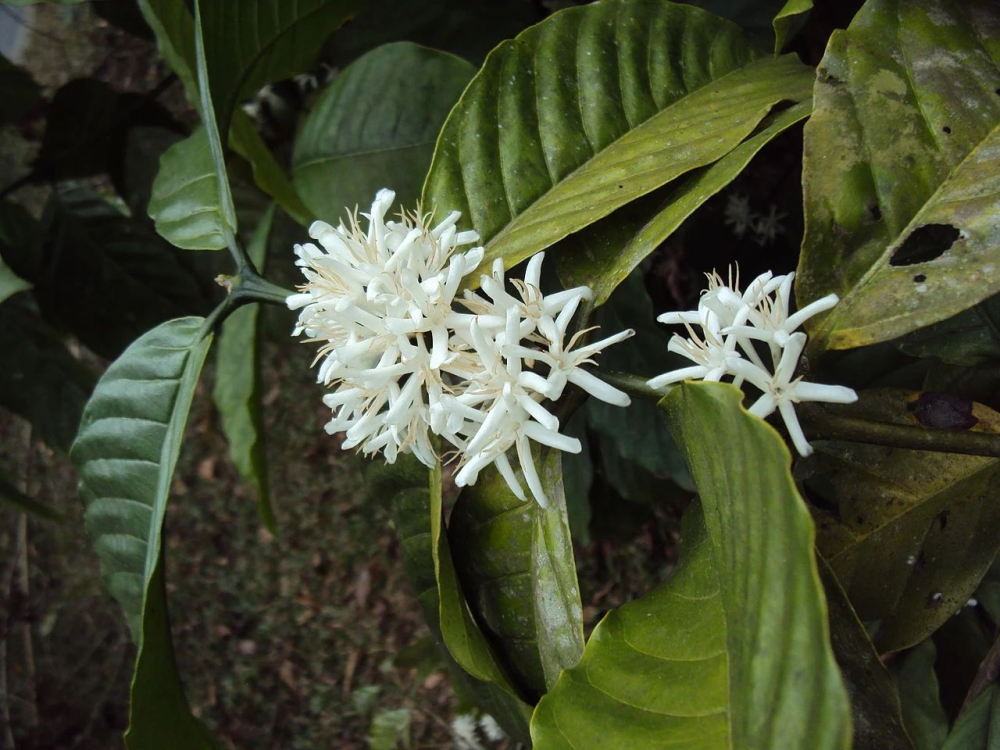
Because of the advantages of high yield, cold and drought tolerance, disease resistance and rapid maturity, Robusta is generally planted in the plain below 800 meters above sea level, and can be directly managed and picked by machines. Therefore, the production cost of Robusta planting is lower, and it is more suitable for commercial mass production, and the price is naturally cheaper. For example, most of the plants in Hainan are Luodou. We often see Arabica coffee varieties promote "100% Arabica" in our daily life, but it is rare to see "100% Robusta". This starts with the taste of Luodou.
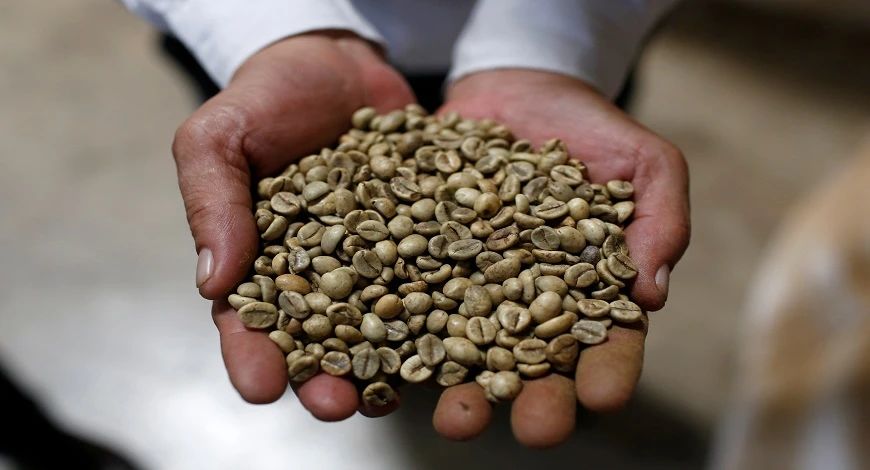
After analysis, the content of chlorogenic acid in Luodou is very high, and the content of sucrose is low. Chlorogenic acid is the source of bitterness in coffee, and sucrose is the prototype of various aromatic substances in coffee. So Luodou is usually low in acidity, with a mellow, lower bitter taste, as well as walnut, peanut, hazelnut, mugi-cha, grain and other taste spectrum, when not handled well, there will be a strong irritating earthy smell, such as rubber-like negative taste. This also makes everyone sum up as "Luodou flavor". For example, Katim, the most widely cultivated variety in Yunnan, China, carries 25% of the Robusta gene, so it has always been criticized in terms of flavor.

Deeply roasted Robusta beans accumulate a large amount of gas and release rich oil foam when extracted into espresso, and the solid taste spectrum also provides more mellow taste for the coffee. We all know that the taste of coffee in the traditional sense tends to be bitter and mellow, and there will not be too much acid, which is in line with the flavor characteristics of deep-baked Luodou, which is why Luodou is still alive in the current era of boutique coffee. Although Arabica coffee beans are still in the majority, the climate and environmental problems of various coffee producing areas in recent years, the growing conditions of coffee are getting worse and worse, and coffee cultivation will face a great test in the future. Robusta itself has better viability, so there are likely to be more hybrid coffee varieties with Robusta ancestry in the future.
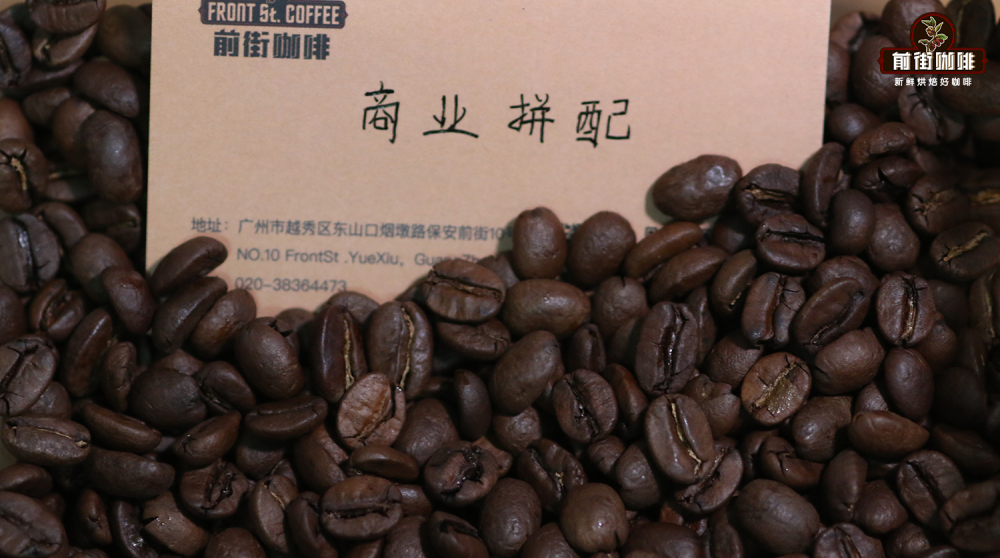
If there are friends who want to taste the taste of robusta beans, Qianjie is not recommended to buy 100% Luodou directly, because the taste of Luodou is thick, bitter is obvious, and the price of high-quality Luodou is relatively expensive, and the performance-to-price ratio is not high. On the front street bean list, there is an Italian blend of coffee beans. "Commercial mix of coffee beans" involves 10% of the washed Robusta coffee beans. Combine with Colombian washed coffee beans (30%) and Brazilian half-sun coffee (60%) to form a commercial mix of coffee beans on Qianjie. The espresso has rich golden grease and nutty aromas. When you taste it, the coffee will be bitter, but it will be more creamy and full, and after swallowing, the bitterness will dissipate and the lips and teeth will stay fragrant.
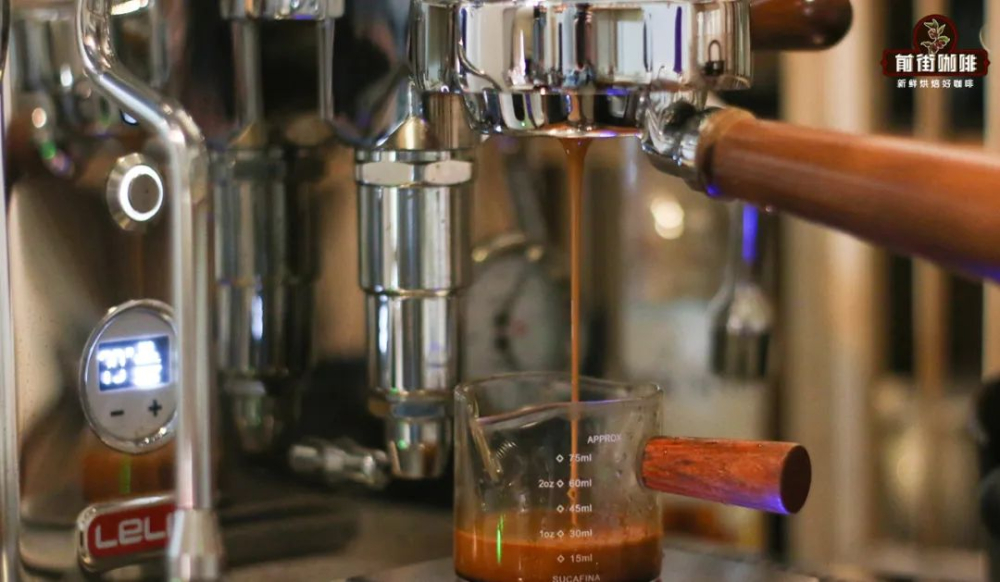
Professional coffee knowledge exchange more coffee bean information please follow the coffee workshop (Wechat official account cafe_style)
For more boutique coffee beans, please add private Qianjie coffee on Wechat. WeChat account: qjcoffeex
Important Notice :
前街咖啡 FrontStreet Coffee has moved to new addredd:
FrontStreet Coffee Address: 315,Donghua East Road,GuangZhou
Tel:020 38364473
- Prev
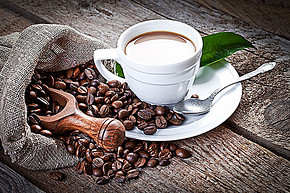
How to tell the robusta coffee beans?
Following Cafe (official Wechat account vdailycom) found that robusta coffee, a small shop of its own, usually has a mediocre, rigid and pungent flavor, and because the vast majority of robusta in the world are planted in low altitude areas (author's note: as of May 2008, only Robbins with high altitude, high quality and washing treatment is rarely planted in India.
- Next

Is Arabica coffee beans suitable for cold extraction of Italian concentrated espresso American lattes?
Following Cafe (official Wechat account vdailycom) found that for many people, a cup of coffee in the morning is a good start to the day for a beautiful cafe to open its own shop. In order to refresh, but also to save time, simple and thick Espresso (Italian concentrate) is the best choice. "Section
Related
- Detailed explanation of Jadeite planting Land in Panamanian Jadeite Manor introduction to the grading system of Jadeite competitive bidding, Red bid, Green bid and Rose Summer
- Story of Coffee planting in Brenka region of Costa Rica Stonehenge Manor anaerobic heavy honey treatment of flavor mouth
- What's on the barrel of Blue Mountain Coffee beans?
- Can American coffee also pull flowers? How to use hot American style to pull out a good-looking pattern?
- Can you make a cold extract with coffee beans? What is the right proportion for cold-extracted coffee formula?
- Indonesian PWN Gold Mandrine Coffee Origin Features Flavor How to Chong? Mandolin coffee is American.
- A brief introduction to the flavor characteristics of Brazilian yellow bourbon coffee beans
- What is the effect of different water quality on the flavor of cold-extracted coffee? What kind of water is best for brewing coffee?
- Why do you think of Rose Summer whenever you mention Panamanian coffee?
- Introduction to the characteristics of authentic blue mountain coffee bean producing areas? What is the CIB Coffee Authority in Jamaica?

